Natural disasters are consequences of a natural hazard, which can be any major disaster like tsunamis, floods, volcanic eruption, earthquake, hurricane, landslide, tornado… claim millions of lives and have tendencies to repeatedly occur on specific geographic locations.
Considering that nowadays when natural disasters around the world are almost daily news, it is necessary to be prepared for the worst scenarios in case anything happens. That is especially true if you live in a place inclined to natural disasters. In that case you have to have a fully equipped emergency kit at your disposal in the times of crisis.
Since there is obviously no time to plan for a disaster once it is already in progress, emergency officials urge to stock up before disaster strikes. Sufficient water supply and food supply are the basic lifesaving items which have to be included in emergency supply kit. A first aid kit is also essential and should be packed in every emergency kit as due to the potential damage done by disaster, emergency services could not be immediately available and any injury, without proper care, can turn into something far more serious. Next on the list of lifesaving essentials are electrical devices such as radio, flashlight, and cellular phones, which are necessary to keep you well informed on progress of situation and enable you to communicate and signal for help. In case of natural disaster such as a major earthquake it’s likely the power will be out that’s why it is recommended that hand-crank radios or flashlights, which do not require batteries, are always at the reach of your hands. Obviously it is crucial for your survival that you don’t run out of power to juice your electronic device that’s why a models using an independent source of power like hand crank or wind up battery devices are better choice than their battery-powered counterparts. Wind up devices can easily be charged and used in emergency situations by turning the crank even if you’re cut off from power supply and you can never ran out of power and the batteries can never get outdated.
The list of recommended items to include in a basic Emergency Supply Kit (ready.org)
- water – one gallon of water per person per day for at least three days, for drinking and sanitation
- food – at least a three-day supply of non-perishable food
- battery-powered or hand crank radio and a NOAA Weather Radio with tone alert and extra batteries for both
- wind up flashlight
- first aide kit
- emergency whistle
- dust mask to help filter contaminated air and plastic sheeting and duct tape to shelter-in-place
- moist towelettes, garbage bags and plastic ties for personal sanitation
- wrench or pliers to turn off utilities
- can opener for food (if kit contains canned food)
- local maps
The most important thing in a case of natural disaster is that you keep sane mind and that don’t panic as it will only make it worse.


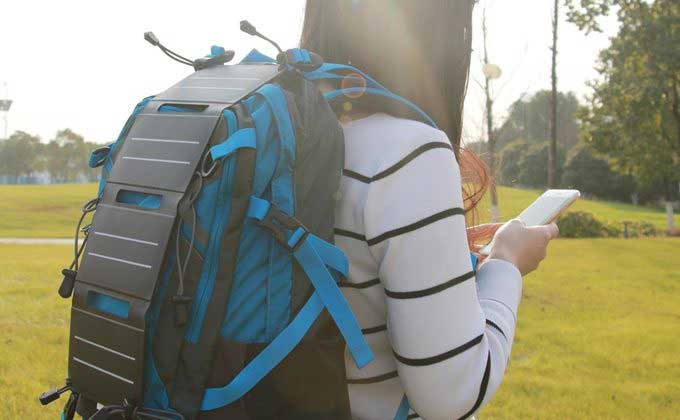
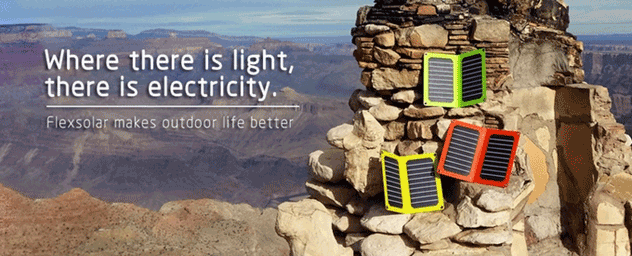
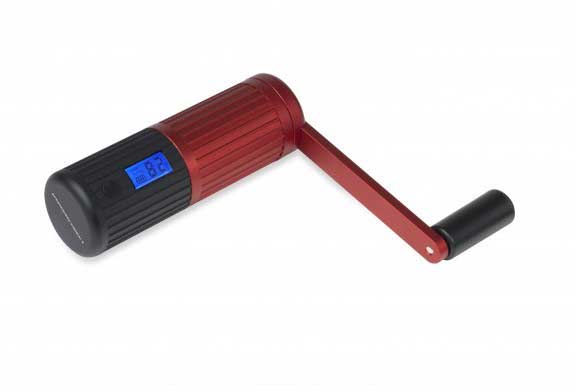
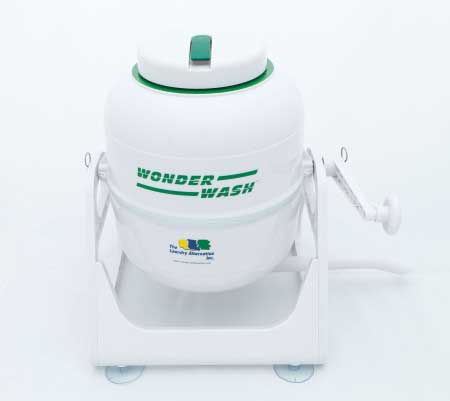
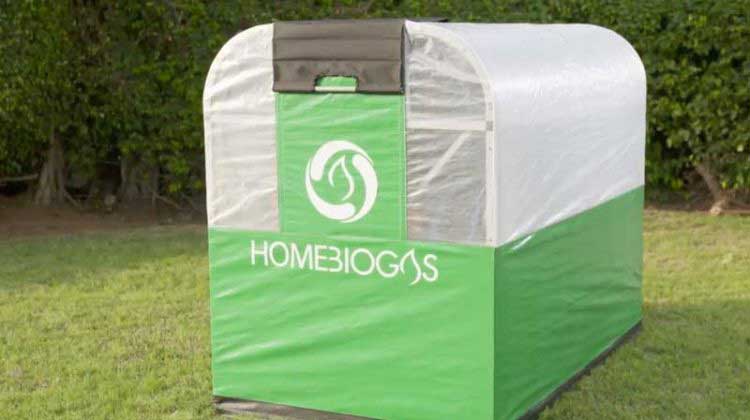

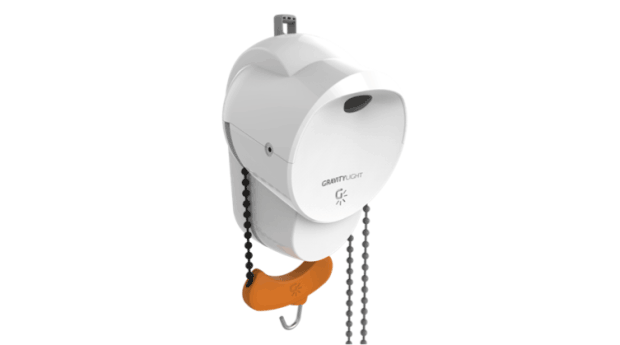
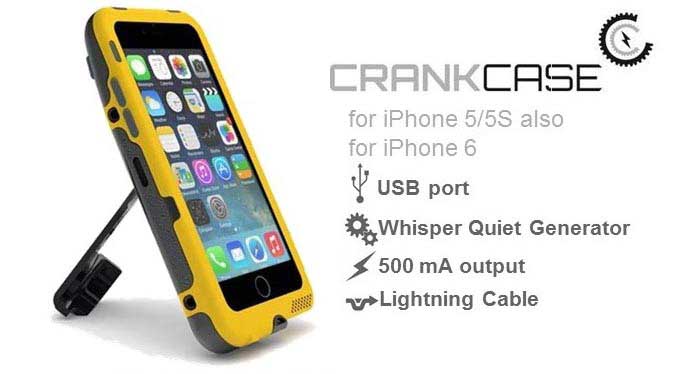
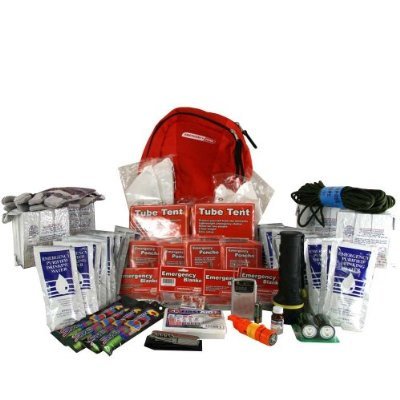
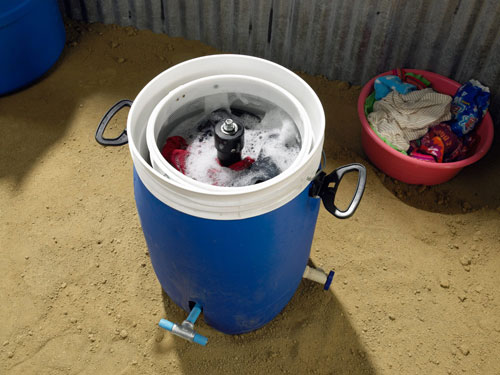
Thanks in favor of sharing such a nice thinking, post is fastidious, thats why i have
read it entirely
Hello! I’m at work surfing around your blog from my new iphone! Just wanted to say I love reading through your blog and look forward to all your posts! Carry on the fantastic work!
Just imagined I may remark and say fantastic concept, did you make it on your individual? Would seem for being genuinely good!
Hi 情趣用品! The concept of wind up battery technology is not new and is a combination of several technological concepts. The inventor of wind-up radio, for instance, is Trevor Baylis.
this is a good post. this post gives truly quality information. i’m definitely going to look into it. really very useful tips are provided here.